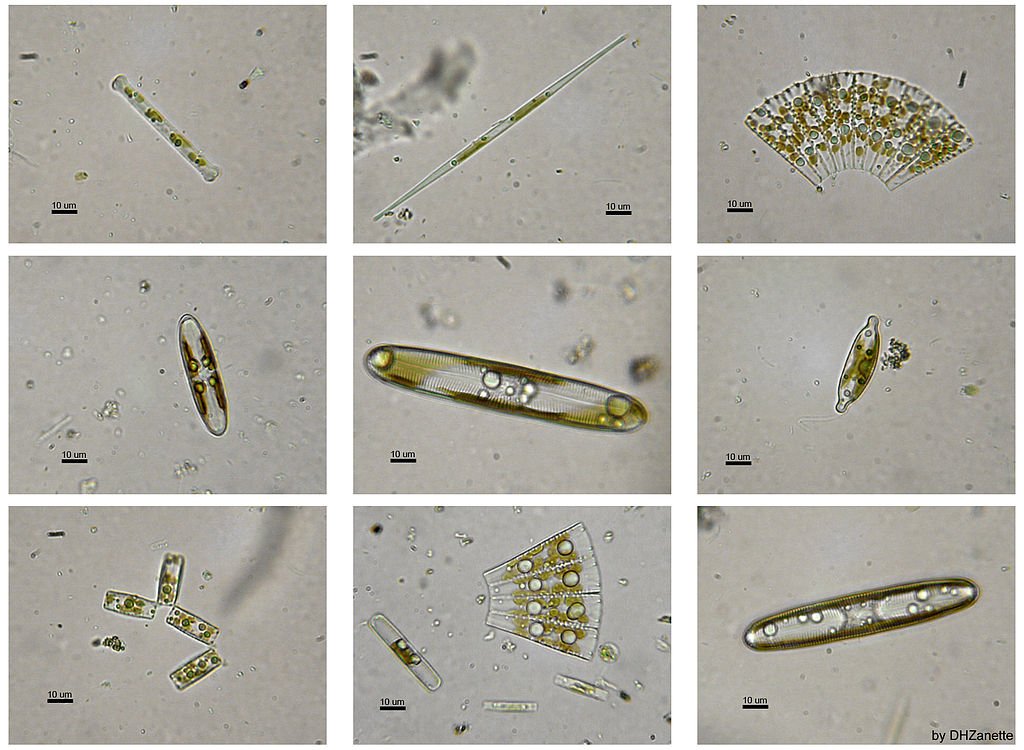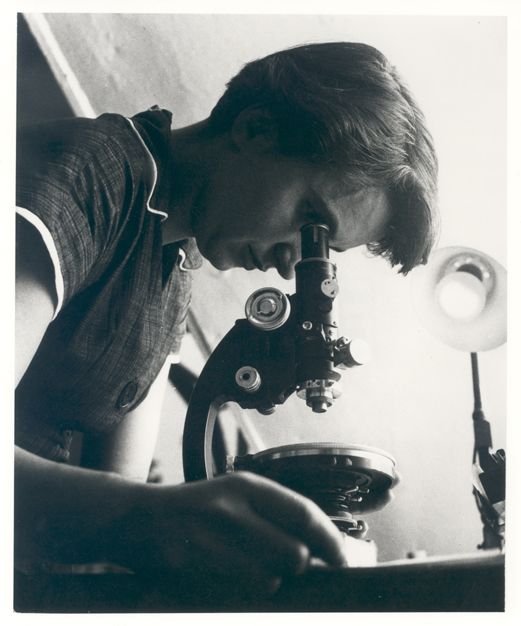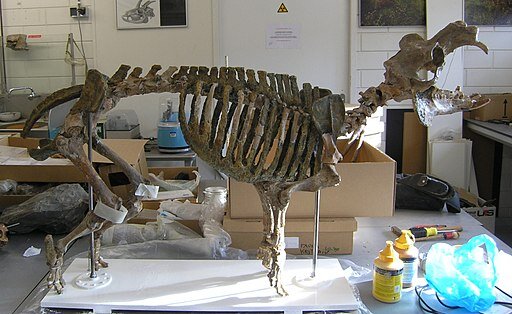
Ruth Patrick's Lovely Creatures | Distillations
“In 1946 she gave the talk that marked the turning point of her career. Speaking at a meeting of the American Association for the Advancement of Science, she showed how species of diatoms, a type of algae that make their own silica armor, could be used to judge water health.”

One of the Most Egregious Ripoffs in the History Of Science | Nautilus
“Markel is not the first to report one of the worst episodes in the double helix drama—that Wilkins, without Franklin’s knowledge, went into a file room and retrieved a photographic print, created by experiments designed by Franklin, and showed it to Watson. The print, “Photograph No. 51,” revealed that DNA had a three-dimensional form in the shape of a double helix.”

An Incomparable Intellectual Who Fell Through the Cracks of History | Nature
“She lived the longest on the publickest Scene, she made the greatest Figure in all the Revolutions of these Kingdoms for above fifty Years, of any Woman of our Age. She employed it all for doing good to others, in which she laid out her Time, her Interest, and her Estate.”

Revisiting the 'She Doctor' Panic of 1869 | Undark Magazine
“Preston remained unfazed. After another 13 years of persistence the hospital finally gave in again. Now, Ann and her students would test the waters a second time with a new crop of students. And the male students did their best to trouble that water.”

Annie M. Alexander: Paleontologist and Silent Benefactor | JSTOR Daily
“Alexander chose to operate largely in the background. Her donations to the museum were anonymous, she disliked having newly discovered species named after her, and she refused an honorary degree from the university. Instead, she would quietly support and manage the operations of both museums for nearly five decades.”

For the Sake of Science | Distillations | Science History Institute
“That work would earn him the 1944 Nobel Prize for Chemistry and a postwar platform he would use to oppose nuclear weapons. Like many scientific feats, the discovery of nuclear fission was made with the help of others, including colleagues and close friends, such as Lise Meitner. But after the war Hahn minimized the contributions made by Meitner. Why did he do it—for the pursuit of personal glory or some other reason?”

A scientist and Dancer | Undark | Arstechnica
“I am among those who think that science has great beauty.” As quoted in Madame Curie : A Biography (1937) by Eve Curie.
“Intoxicating art and, simultaneously, an industrial accomplishment”. Mallarme on Loie Fuller, ”Les fonds dans le ballet”, 1893.

Digging for Dorothea | The Royal Society Blog
“Her output reflects her passion, competence and innovative thinking as a paleontologist. Between 1903 and 1907 she published 15 papers on her Mediterranean excavations and the occurrence of dwarf species, in various journals – all had to be presented by Woodward. In total she published over 80 papers and reviews, becoming an established and well-respected member of the paleontological community.”

Butterflies: How Two 19th-Century Teenage Sisters’ Forgotten Paintings Sparked a Triumph of Modern Conservation | Brain Pickings
... these drawings are equal to any I have ever seen by modern artists ... every tuft of hair in the caterpillar, the silken webs of the cocoon, or the delicate and often intricate pencillings on the wings of a moth, stand out with a prominence of relief which it is perfectly impossible to reproduce by simple water colours...

Sarah Frances Whiting and the “Photography of the Invisible” | Physics Today
““Near the end of her career, she reflected on “the somewhat nerve-wearing experience of constantly being in places where a woman was not expected to be, and doing what women did not conventionally do.”

Maria Ylagan Orosa and the Chemistry of Resistance | Lady Science
“As a humanitarian, she believed knowledge was something to share, not sell. “When you start an experiment, finish it and write the results for others to use,” she often told her assistants. Her erasure was completed by corporations, who commodified her scientific contributions without acknowledging their origins.”

Rosalind Franklin's Legacy Celebrated With Commemorative 50p Coin | King's College London
“The coin has been designed by Royal Mint graphic designer David Knapton. Inspired by the historical injustice of the failure to credit Rosalind Franklin’s role in determining the structure of DNA, David uses the printing techniques of the era to restore her rightful legacy. “

How 19th Century Scientists Predicted Global Warming | JSTOR Daily
“But the road to understanding climate change stretches back to the tweed-clad middle years of the 19th century—when Victorian-era scientists conducted the first experiments proving that runaway CO2 could, one day, cook the planet.”

The Sun Queen and the Skeptic: Building the World’s First Solar Houses | Distillations
“Telkes, meanwhile, became a star in the lively but increasingly irrelevant world of solar-heating research, which gradually faded in prominence as nuclear power and cheap Middle Eastern petroleum conquered the energy industry. She presented at conferences and proposed a version of the Dover Sun House for Manhattan, which won her a job at New York University.”
How Your Embryo Knew What To Do | Nautilus
“It took Proescholdt 259 trials over two years to repeat this result five times, enough to warrant publication, in 1924. To her annoyance, Spemann insisted on adding himself as first author on the paper, even though his male students enjoyed solo bylines. He would later win the Nobel Prize for the discovery; Proescholdt would be all but forgotten for more than 60 years.”
A Jarring Revelation | Damn Interesting
“Over time, however, Dr. Andrews grew even more unconventional. He eventually bade adieu to Jones by telling her that he wanted to devote himself to thoughts of colonizing Mars.
The ever-curious Jones also took up a new interest: inventing. “
The Nurse Who Introduced Gloves to the Operating Room | Distillations/Science History Institute
“We’re still reaping the benefits of these innovations today, of course, benefits that have been made all the more obvious during our current pandemic. And for this we can thank a brilliant, drug-addled surgeon who fell for his whip-smart nurse.”